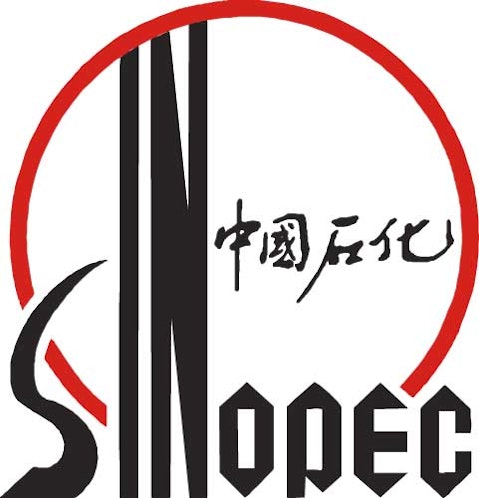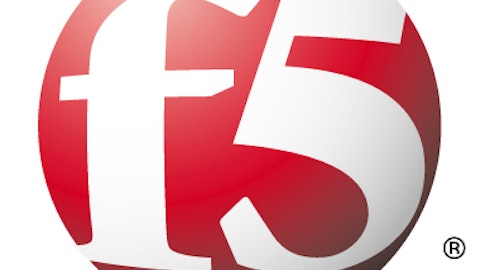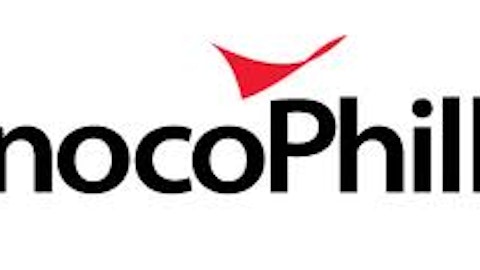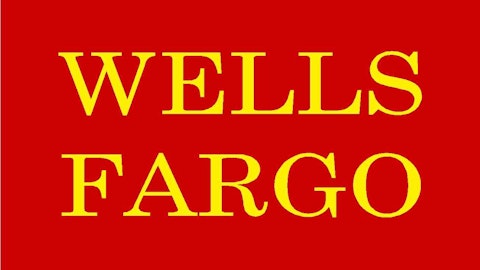China’s state owned oil giant China Petroleum & Chemical Corp (ADR) (NYSE:SNP), otherwise known as Sinopec Corp is planning to sell new shares worth $3.1 billion in what is going to be one of the continent’s largest equity sales in 2013. Sinopec has officially said that it needs funds for “general corporate purposes” but it is the reality is that it is going on a wholesale buying spree; purchasing assets around the world, including some from its parent China Petroleum & Chemical Corp (ADR) (NYSE:SNP).

On the other hand, Goldman’s shareholders are excited and rightly so. Markets would normally assume at least four to five bookrunners for a deal of this size and scale. Nearly everyone had a piece of the huge Facebook IPO last May, with Morgan-Stanley taking the lead.
The Price of Cheap Diesel
Meanwhile Sinopec, China’s leading refiner, has borne the brunt of China’s fuel price ceiling which has forced them for more than a year to sell their downstream products at a loss. Refining has been a low margin business for a long time, it only gets worse when the state intervenes for its own purposes. All around Asia-Pacific and India fuel prices are fixed in some way to both keep a lid on social unrest and over-stimulate economic growth while understating the CPI.
Out of the three biggest firms operating in the Chinese oil and gas sector, including CNOOC Limited (ADR) (NYSE:CEO) and PetroChina Company Limited (ADR) (NYSE:PTR), Sinopec has the largest exposure to the domestic downstream market which became a nightmare for refiners in 2011-12. In the first nine months of its current fiscal year, Sinopec amassed $2.5 billion of refining operational losses but ended up with a $6.87 billion profit due to oil and gas production.
However, China did increase its oil prices last year; a further hike of 4% is also expected in February. Under the government’s current mechanism National Development and Reform Commission (NDRC) can increase or decrease fuel prices if international oil prices change by at least 4% over a period of 22 days. In 2012, fuel prices were increased four times and reduced four times but the price hike has been greater than the reduction that followed, reflective of the rising cost of a barrel of Brent Crude.
While China and Vietnam have been keeping a lid on oil prices to rein in inflation, India has been cutting fuel subsidies to control the mounting fiscal deficit fearing another downgrade from the rating agencies and further devaluation of the Rupee which will only tighten the noose around India’s neck and its heavy dependence (80%) on imported oil. This has created the very civil unrest China has been looking to avoid. The steady appreciation of the Yuan, however, has helped offset some of oil’s volatility.
Outward Ho!
Meanwhile, Sinopec plans to purchase upstream oil and gas assets; including those in Britain, Russia, Colombia and Kazakhstan, from its parent valued at $8 billion. Sinopec wants to increase its exposure outside of China as local operations are hurting its bottom line. According to Jefferies, China Petrochemical Corp holds about $40 billion of international upstream oil, gas and unconventional fuel (shale) assets; with significant exposure to Brazil, Canada, Australia, Argentina and Angola, all of which are on Sinopec’s radar.
In the U.S, it purchased five shale oil and gas assets from Devon Energy Corp (NYSE:DVN) last year for $2.44 billion. The parent currently owns 73.4% of Sinopec Corp. However, investors should note that Sinopec has the highest debt ratio out of China’s big oil which is shown in the table below (Jun-2012 data). Although this is expected to fall to 54% by the end of 2012, it will still be far more than that of its peers.
| Sinopec | PetroChina | CNOOC | |
| Total Liabilities | $112.1 B | $161.7 B | $20.8 B |
| Total Assets | $189.0 B | $328.2 B | $66.3 B |
| Debt Ratio | 59.3% | 49.3% | 31.4% |
This is why they are having to fund this round of acquisitions with equity. The business will continue with more acquisitions and expansion. Despite the recent dip due to dilution, its stock has risen by 17.21% in the last six months. PetroChina; the largest of the three Chinese ‘big oil,’ offers highest yield but the leading offshore player CNOOC, despite offering smallest yield, is far more profitable. Not only does it have a lower P/E, it has generated significantly more EPS than its rivals while its return on assets and equity is more than twice as big as that of either Sinopec or PetroChina which makes CNOOC relatively more attractive.
| Sinopec | PetroChina | CNOOC | |
| Stock 6M | 17.2% | 9.3% | -0.2% |
| P/E | 11.62 | 13.32 | 9.08 |
| EPS | 9.6 | 10.3 | 22.3 |
| Yield | 2.50% | 3.10% | 1.70% |
| ROA | 5.0% | 5.6% | 13.3% |
| ROE | 11.2% | 11.9% | 23.7% |
| Enterprise value | $138.8B | $295.9B | $82.2B |
The article Sinopec Sees a Larger Pot and Raises originally appeared on Fool.com and is written by Peter Pham.
Copyright © 1995 – 2013 The Motley Fool, LLC. All rights reserved. The Motley Fool has a disclosure policy.




